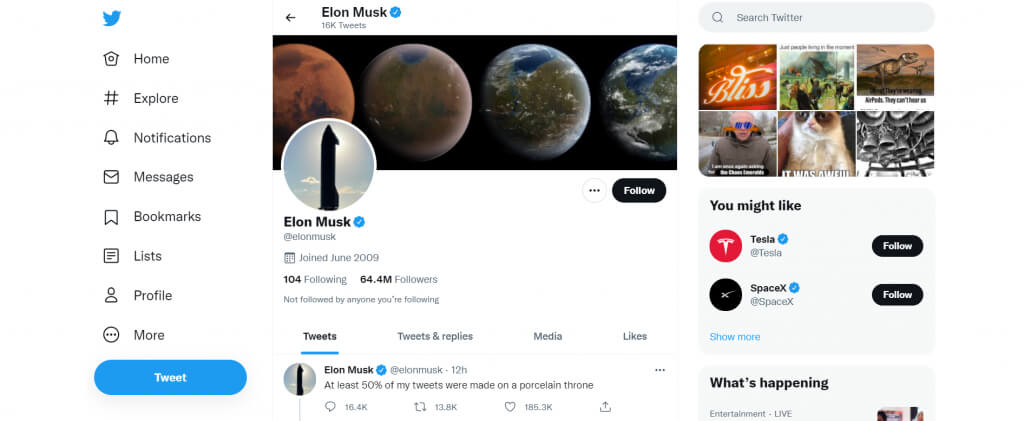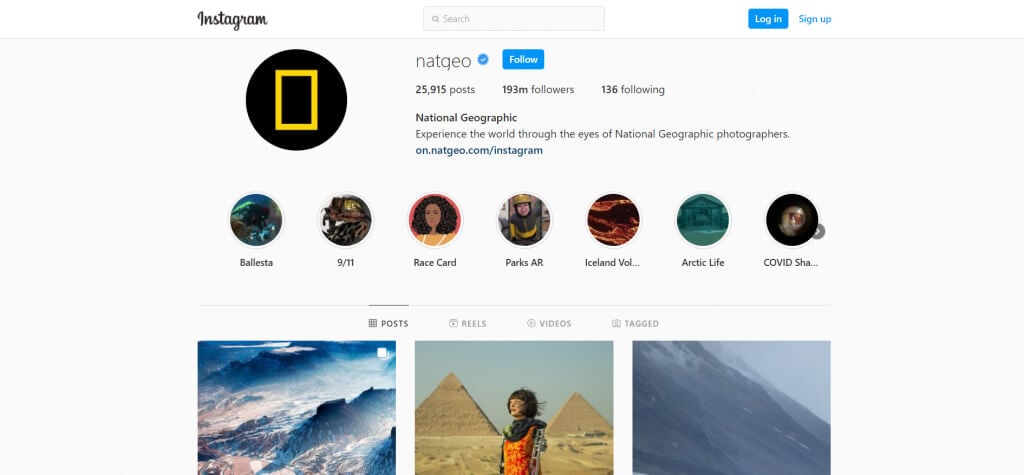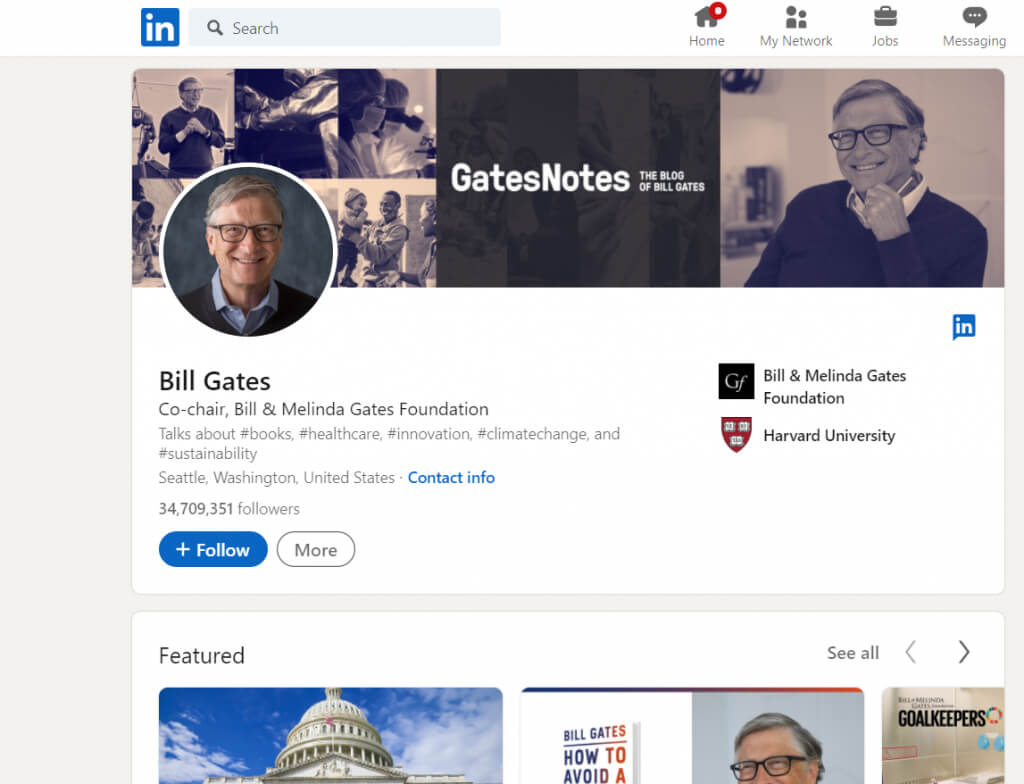With dwindling attention spans and an increasingly hectic lifestyle, microblogging has come into vogue. If you are looking to get into microblogging yourself, this is just the guide for you.
What is microblogging? How do you write one? Which are some good platforms for it? We will be answering all of these questions in this article.
What Is Microblogging?
Simply put, microblogging is a more concise form of blogging. While traditional blogs can – and do – take thousands of words to give a detailed view of a topic, microblogs are supposed to be brief.
Exact word limitations depend on the platform in use, but a single post usually doesn’t extend beyond a couple of paragraphs at most. The idea isn’t to take a deep dive but to write something short and shareable.
Naturally, this limit on the size of content gives rise to the inclusion of multimedia. Microblogging makes generous use of images and videos, with some platforms being almost exclusively dedicated to multimedia blogs.
What Are the Best Platforms for Microblogging?
Traditional blogging takes place on all sorts of platforms, from third-party networks like Facebook and Medium to private blogs built using WordPress or Wix. When it comes to microblogging, however, the list of good options is far smaller. Here are the four best platforms for microblogging.
1. Twitter
Twitter is perhaps the most restrictive, and yet the most popular microblogging platform out there. With just 280 characters permitted in a post, GIFs and videos are commonly included.
The platform specializes in catchy statements that can grab the audience’s attention – either by being relatable or contentious. The small character limit also means that it takes very little time to put out a tweet (which is what a post on Twitter is called), making it popular among celebrities and netizens alike.
Twitter is ideal for sharing your thoughts aloud or keeping abreast of trends. Many businesses use it to share updates about their products, making it an important tool for community building. With a good tweeting strategy, it can be easy to amass followers quickly.
2. Tumblr
Technically, Tumblr isn’t that different from Twitter. The primary difference is the type of community involved with it.
Where Twitter is a hotbed of short and snappy one-liners with little to no context, Tumblr is a breeding ground for creative ideas. Greatly favored by artists, the content skews toward visuals more than text, though of course, written blogs are popular too.
In fact, Tumblr doesn’t come with a character limit. You can write blog posts ranging into thousands of words if you like, including any number of images or links in it. While this might seem counterintuitive for a microblogging site, a majority of posts don’t really go that far.
For the most part, Tumblr is the microblogging site for photos and artwork, where creatives can share their works and create a fan following.
3. Instagram
Instagram? Isn’t the app only for sharing images and videos?
Well, yes and no. While photos are the focus of the platform, users can also include lengthy text captions along with each post. Besides, microblogging is about sharing your thoughts briefly, whether with words or images.
Instagram’s strength is its large and vibrant community, growing stronger by the day. In a world where everyone carries a digital camera integrated into their smartphone, a platform focused on pictures and videos is a clear winner.
Whether it is showing off a hobby or just practicing your photography skills, Instagram can be a great microblogging platform for visual posts. Keep in mind though that Instagram can only be used on mobile apps, as there are no desktop clients for Mac or Windows. You can only view posts on PC using workarounds.
4. Linkedin
You may know Linkedin as a social media platform for professionals, but it is much more than that. You can use status updates to share short posts containing photos and links or publish whole articles on the platform.
While Linkedin may not boast numbers as large as any of the more mainstream microblogging platforms, it offers a more active community. The network of students and professionals is far more receptive to more meaningful blogs than on platforms like Twitter.
Better yet, expanding your reach on Linkedin through microblogs helps grow your connections, boosting your chances of finding your next employer (or employee).
How To Get Started With Microblogging
As with any form of social media outreach, you must first identify your goals and your target audience. If you are an artist looking to showcase your skills, for example, visually focused platforms like Tumblr or Instagram are more suited for you.

On the other hand, if all you want is to shoot off short posts that don’t take up too much effort to write, then Twitter is the platform for you. It also happens to be the most popular platform out there, so you will find plenty of people to connect with.
And remember, microblogging works differently from traditional blogs. It is not just about being shorter – you also have to be more engaging. Frequency is especially important, with some microblogs posting multiple times a day. Make liberal use of images and video clips as well to catch attention.




